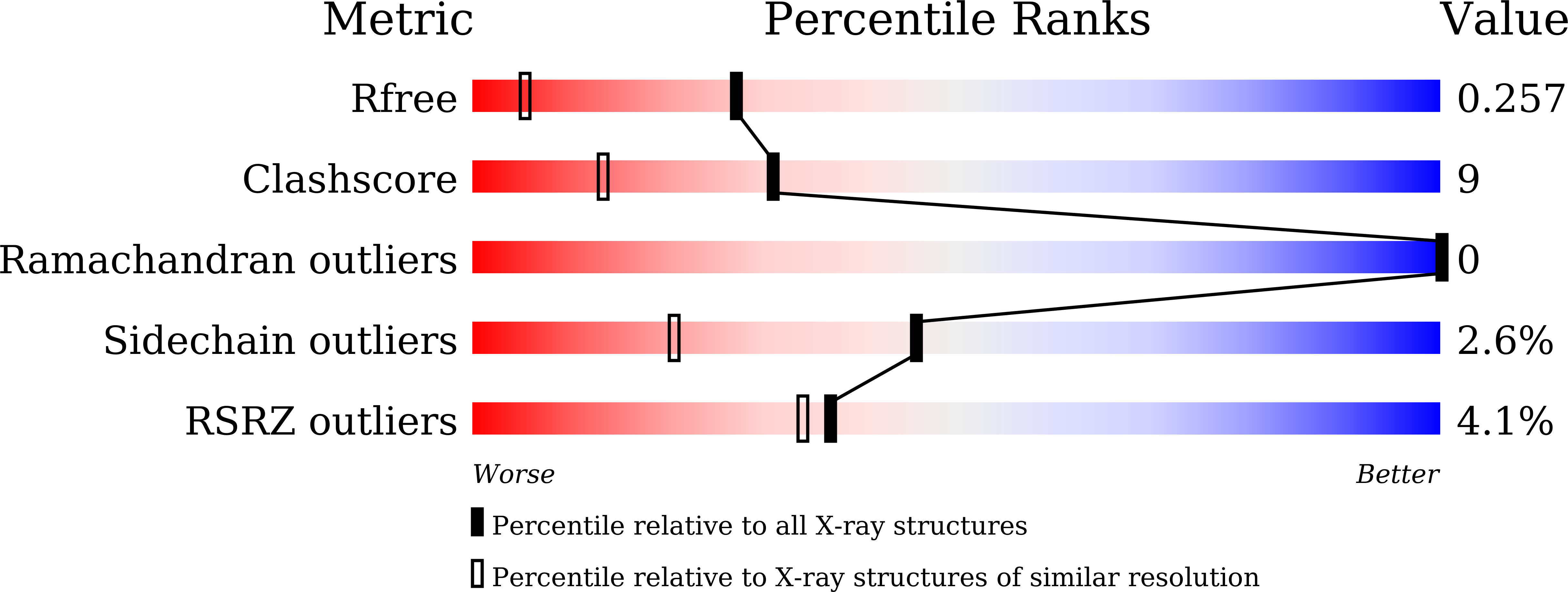
Deposition Date
2020-10-21
Release Date
2021-10-06
Last Version Date
2024-10-09
Entry Detail
PDB ID:
7DBU
Keywords:
Title:
Crystal structure of catalytic domain of Anhydrobiosis-related Mn-dependent Peroxidase (AMNP) from Ramazzottius varieornatus (Zn2+-bound form)
Biological Source:
Source Organism:
Ramazzottius varieornatus (Taxon ID: 947166)
Host Organism:
Method Details:
Experimental Method:
Resolution:
1.60 Å
R-Value Free:
0.24
R-Value Work:
0.19
R-Value Observed:
0.19
Space Group:
P 1


